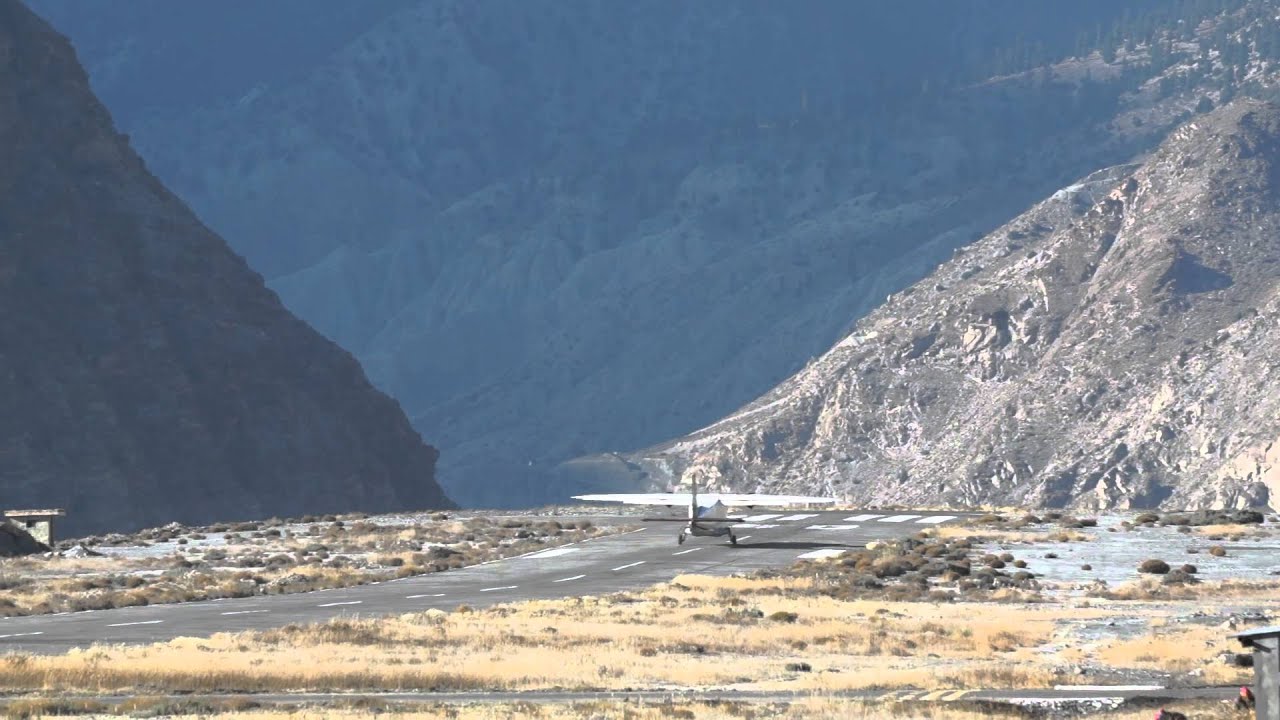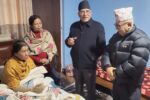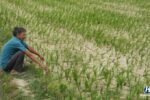POKHARA: The number of Pokhara-Jomsom air flights has dropped by two-thirds, as improved road connectivity on the Beni-Jomsom-Korla section of the national highway provides tourists with an easier and cheaper alternative to reach Mustang.
Once bustling with early-morning flights during the peak tourist season, Jomsom Airport is now seeing far fewer passengers than in previous years.
According to the Jomsom Civil Aviation Office, tourist air traffic has fallen by more than 50%, largely due to the upgrading and partial blacktopping of the road connecting Beni (Myagdi) to Muktinath (Mustang).
“We used to have up to 18 flights a day before the Korla road was improved,” said Keshav Lamsal, chief of the Jomsom Civil Aviation Office. “Now, with road travel becoming smoother and more reliable, tourists are opting for overland journeys.”
Spring is considered an ideal time to visit Mustang, especially for pilgrimages to Muktinath Temple. However, Tara Airlines Jomsom manager Sujan Lalchan said even during this prime season, many tourists are traveling by road instead of air.
Suman Thakali, manager of Summit Airlines in Jomsom, noted that while Indian tourists often book round-trip flights from Pokhara to Muktinath, Western tourists usually prefer one-way air tickets and return by road. However, travel patterns have shifted across the board, with both domestic and international tourists increasingly favoring road travel.
The decline in air traffic is also linked to concerns over air safety. The Pokhara-Jomsom route has witnessed several air crashes in recent years, prompting the Civil Aviation Authority of Nepal (CAAN) to implement stricter safety protocols and monitoring.
Travel companies continue to book air tickets, but when flights are canceled due to bad weather or low bookings, passengers are quickly shifted to overland transport. “Road travel cuts the cost by nearly half, so agencies and travelers are more inclined toward it now,” said Thakali.
With tourism slowly recovering post-pandemic and infrastructure improving, stakeholders believe the road-to-Mustang option may soon become the dominant mode of travel — changing the way visitors experience this Himalayan destination.









Comment